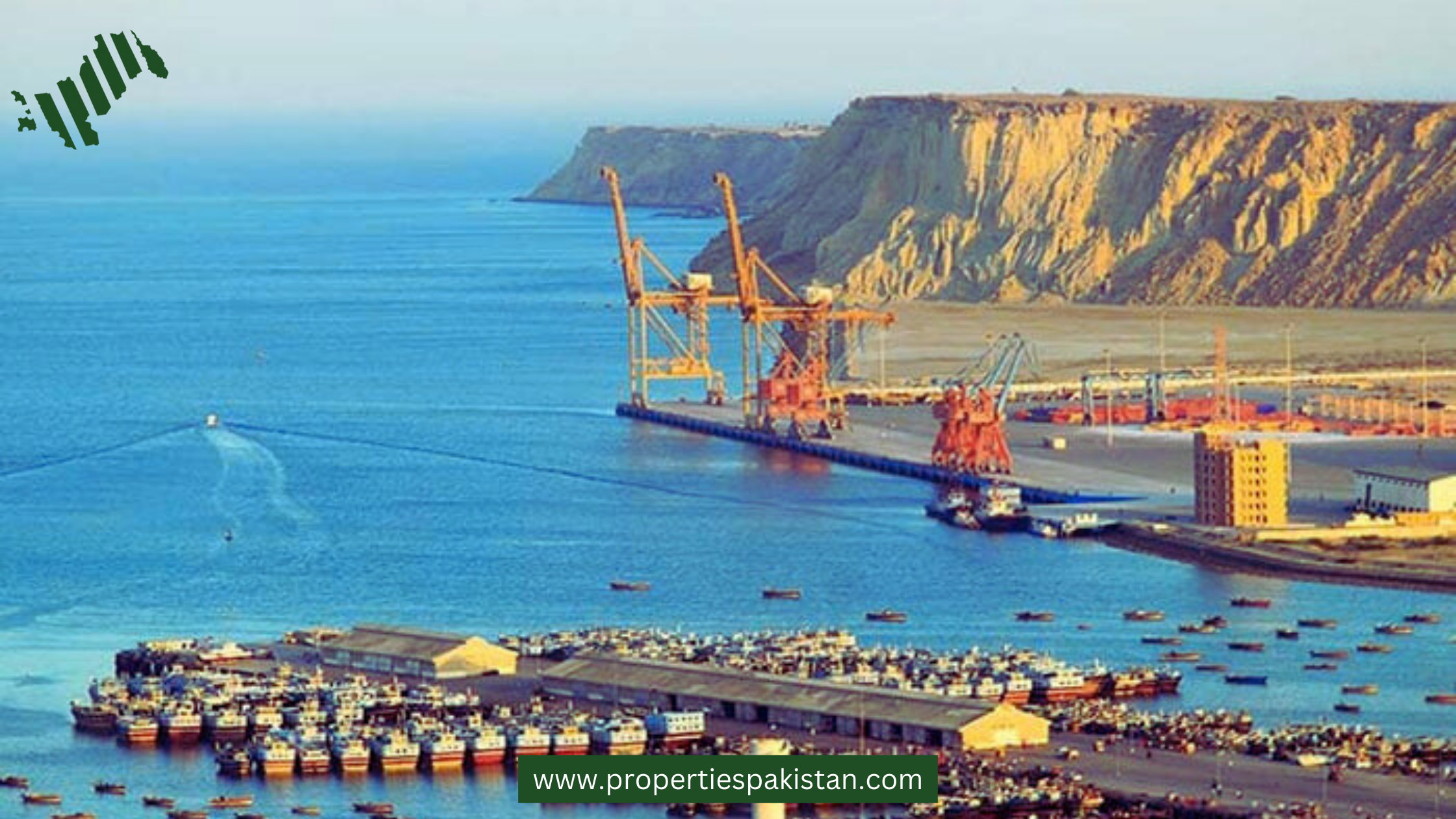The Pakistani government is actively pursuing a strategic initiative to transform Gwadar Port into a thriving trade hub by channeling 60% of public sector imports, including essential commodities like wheat, fertilizer, and sugar, through this pivotal port. This bold move aims to maximize Gwadar’s role in national and regional trade, fostering economic growth and enhancing connectivity.
High-Level Discussions: The Roadmap to Revitalization
The plan was thoroughly discussed in a recent federal cabinet committee meeting chaired by Commerce Minister Jam Kamal. The session brought together key stakeholders, including Maritime Affairs Minister Qaiser Ahmed Sheikh and senior officials from the commerce, maritime affairs, interior, and planning ministries.
The committee’s primary objective is to provide actionable recommendations to Prime Minister Shehbaz Sharif to bolster Gwadar Port’s utilization. Key strategies were discussed, ranging from short-term goals to long-term plans to integrate Gwadar into the national trade framework.
Key Takeaways from the Federal Committee Meeting
1. Prioritizing Bulk Imports through Gwadar
- Essential commodities like wheat, sugar, and urea will be routed through the Trading Corporation of Pakistan (TCP) to enhance Gwadar’s activity.
- This measure aims to ensure the port’s consistent utilization while boosting its role in national trade.
2. Exploring Containerized Trade Potential
- The feasibility of using Gwadar Port for containerized imports and exports was thoroughly examined.
- This move could position Gwadar as a central hub for global trade, leveraging its strategic location.
3. Engaging the Private Sector
- Incentives were proposed to encourage private-sector participation in utilizing Gwadar Port.
- A dedicated working group will be formed to facilitate collaboration with private entities, ensuring a steady flow of goods through the port.
4. Regional Connectivity and Transshipment
- Gwadar’s viability as a transshipment hub and a gateway for trade with Afghanistan and the Central Asian Republics (CARs) was discussed.
- These initiatives align with China’s One Belt, One Road (OBOR) strategy, further strengthening regional connectivity.
5. Two-Phase Strategic Plan
- Phase 1: Focus on immediate, short-term gains to integrate Gwadar into the national trade framework.
- Phase 2: Develop long-term strategies to create a business-friendly environment and attract global trade.
A Step Towards Economic Growth and Connectivity
The committee emphasized the importance of Gwadar Port as a linchpin in Pakistan’s trade and connectivity ambitions. To ensure progress, the committee resolved to meet monthly and report quarterly to the federal cabinet. This consistent monitoring will help overcome challenges and accelerate the realization of Gwadar’s potential.
By channeling public sector imports and incentivizing private-sector participation, the government aims to create a sustainable ecosystem that positions Gwadar as a critical player in regional trade. The initiative not only strengthens Pakistan’s economic framework but also solidifies its role in global commerce.
The government’s proactive approach to leveraging Gwadar Port is a promising step toward unlocking its potential. With strategic planning, consistent monitoring, and collaboration with both public and private sectors, Gwadar is poised to become a cornerstone of Pakistan’s trade infrastructure and a key player in regional connectivity.
For more updates on Gwadar Port, housing developments, and real estate opportunities in Pakistan, stay tuned to PropertiesPakistan.com.



